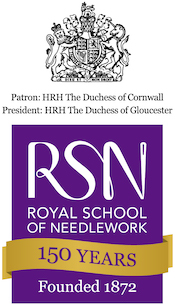Embroidery Techniques Explained
Jacobean Crewelwork
This is worked in crewel wool on linen using a variety of stitches. The design is a traditional one based on the tree of life. It introduces elements of design, stitch selection, colour choice and shading and accuracy.
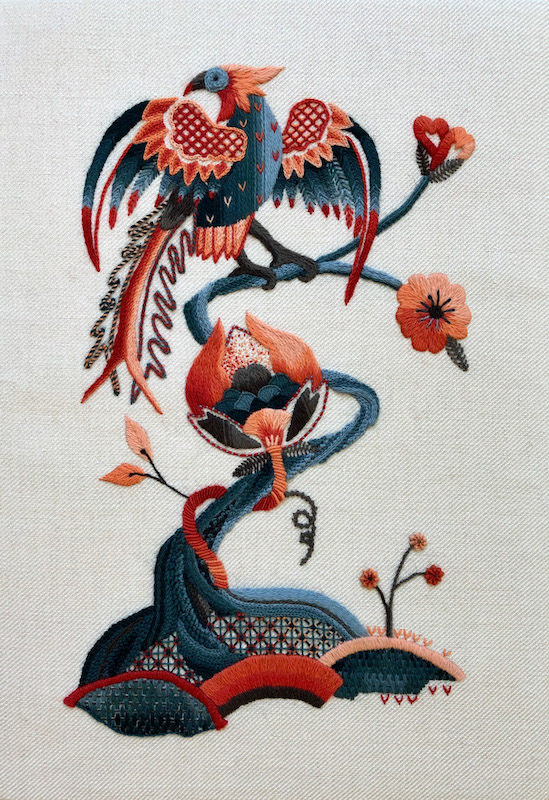 |
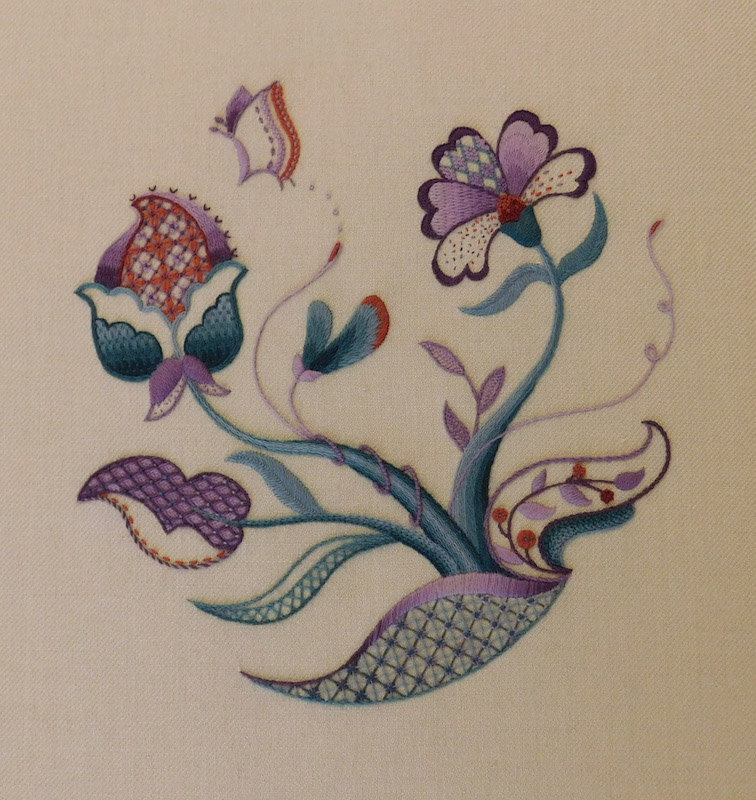 |
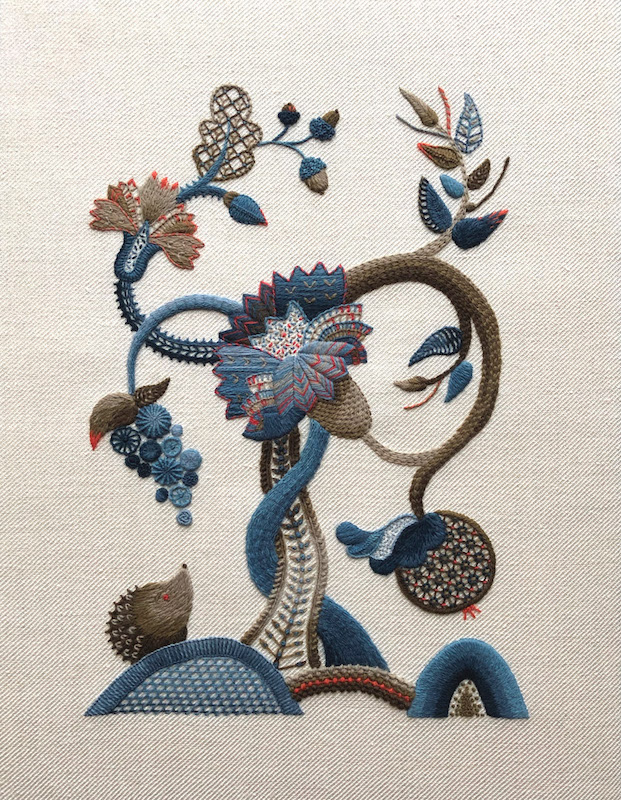 |
Canvas Stitches
This is a counted technique, which focuses on colour, texture and scale.
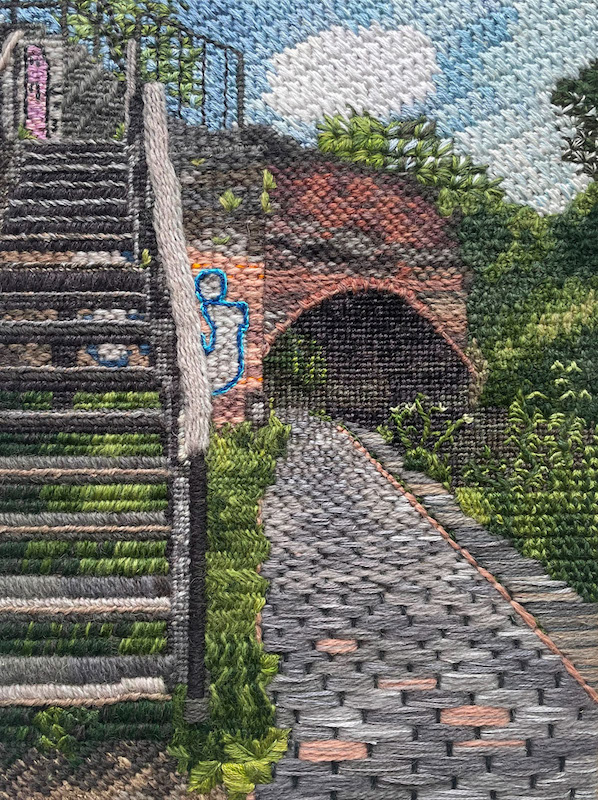 |
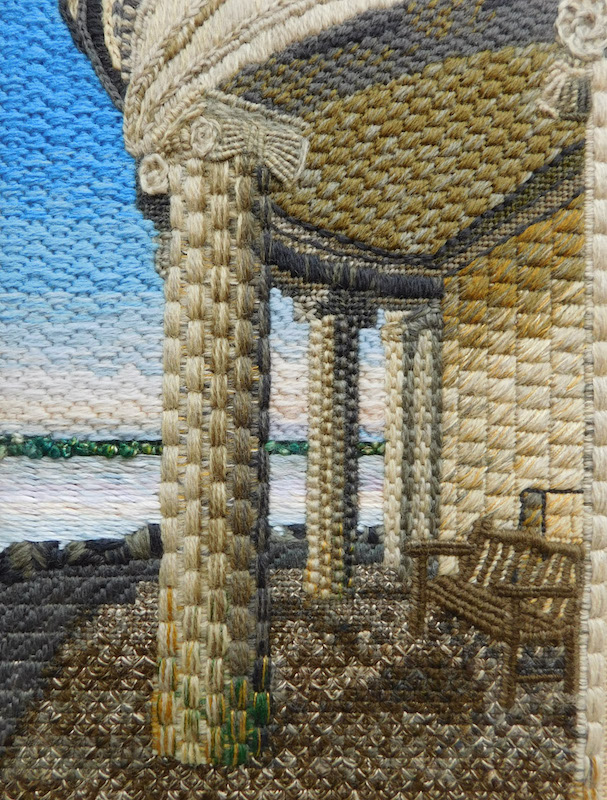 |
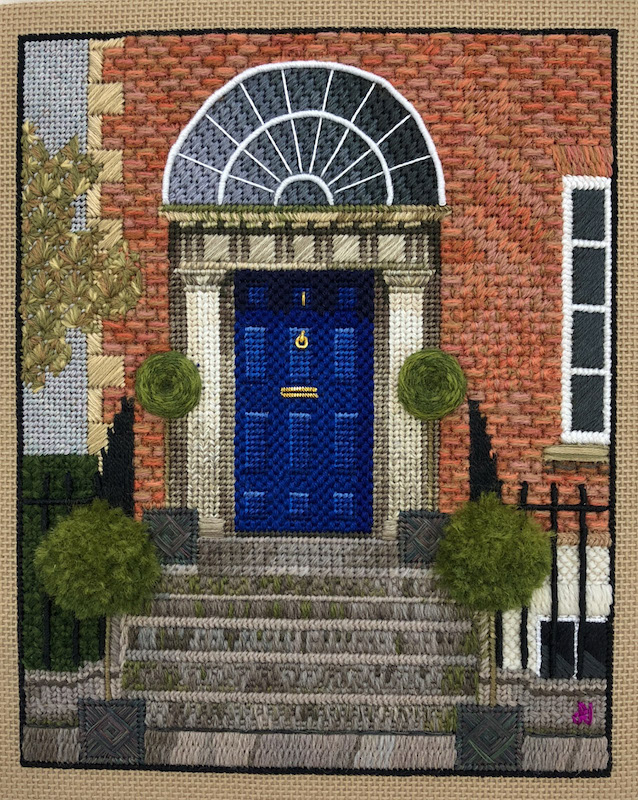 |
Silk Shading – Botanical and Animal/Bird
This technique, which is also known as “painting with a needle” is worked with Long and Short Stitch (natural shading). The emphasis is on understanding and replicating colour, light and shade and stitch direction to create a realistic image. You will stitch a flower, fruit or vegetable for the Botanical module in year one. Building on your skills in year two, you will choose an animal, bird, fish or reptile.
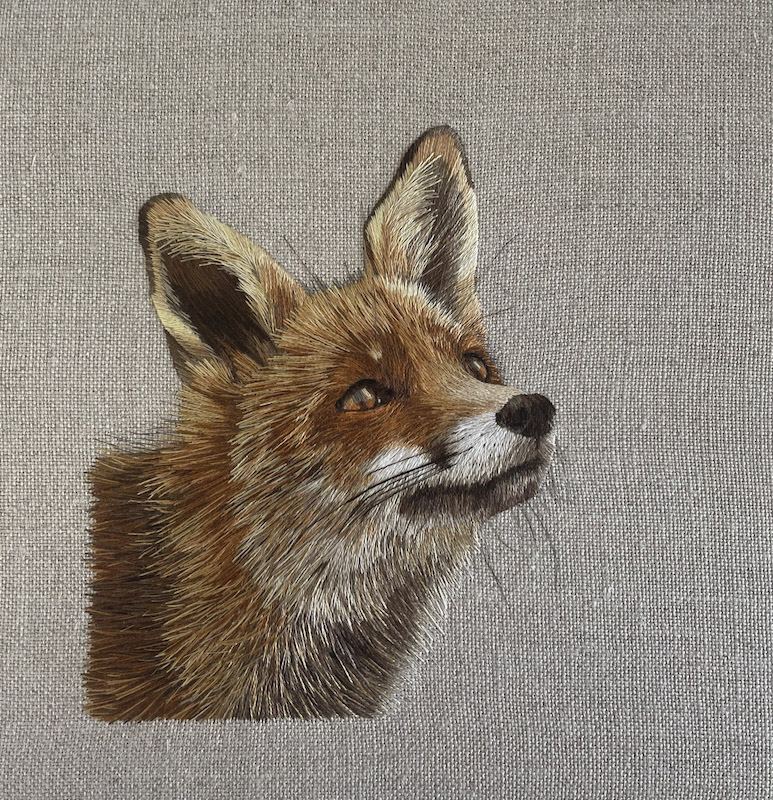 |
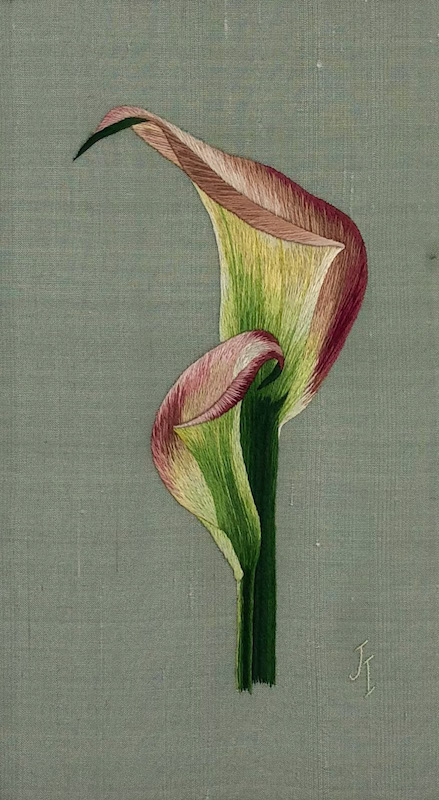 |
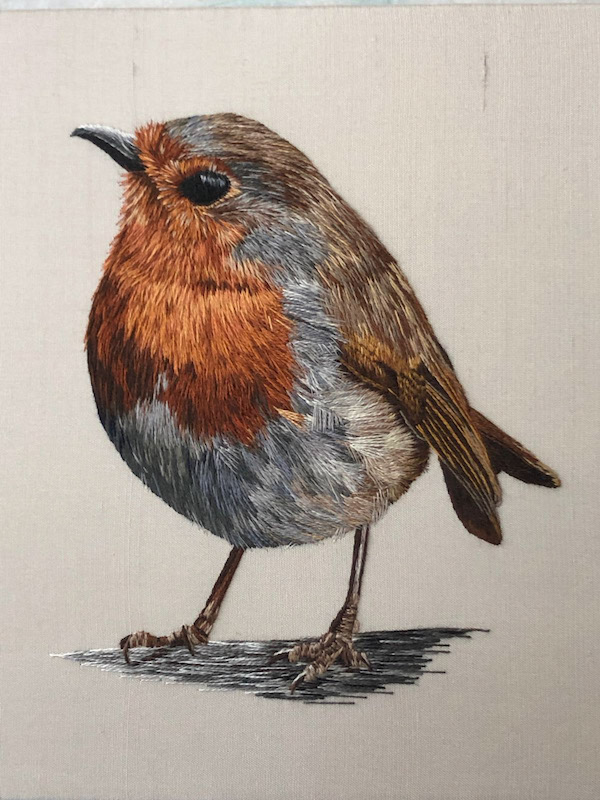 |
Tapestry Shaded Figure
Continuing to build on the skills learnt in the previous silk shading modules, you will stitch a human figure. In this technique, the Long and Short stitches are all parallel to each other, usually vertical (tapestry shading).
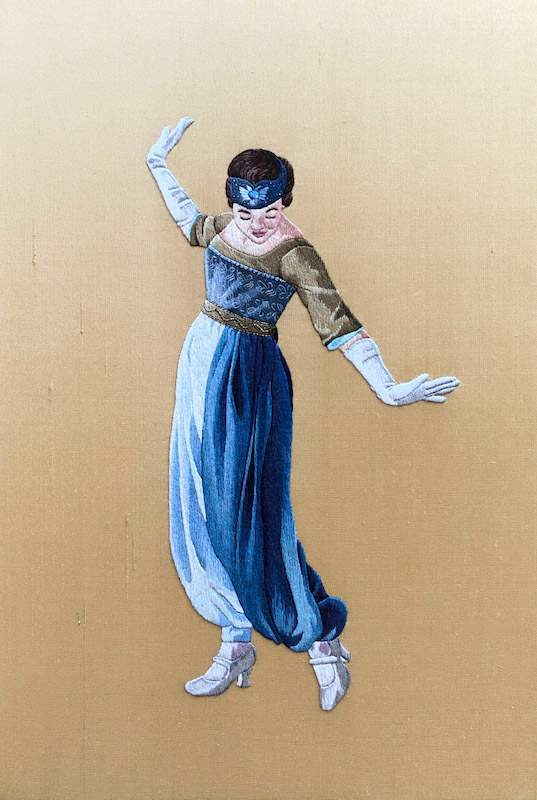 |
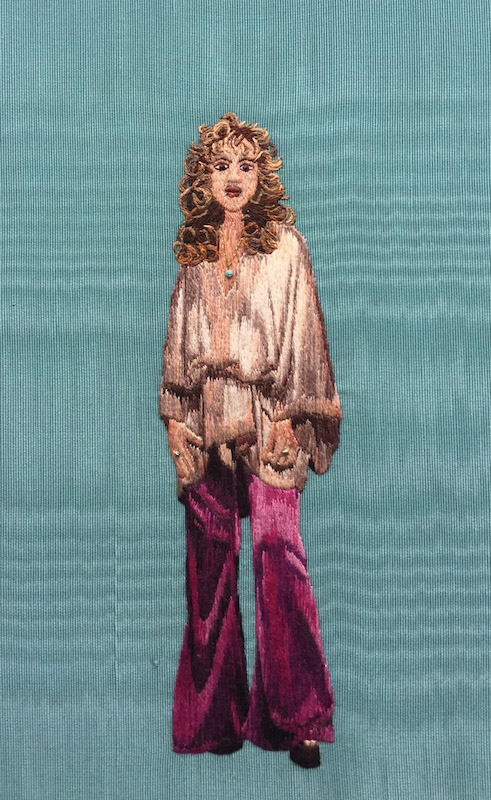 |
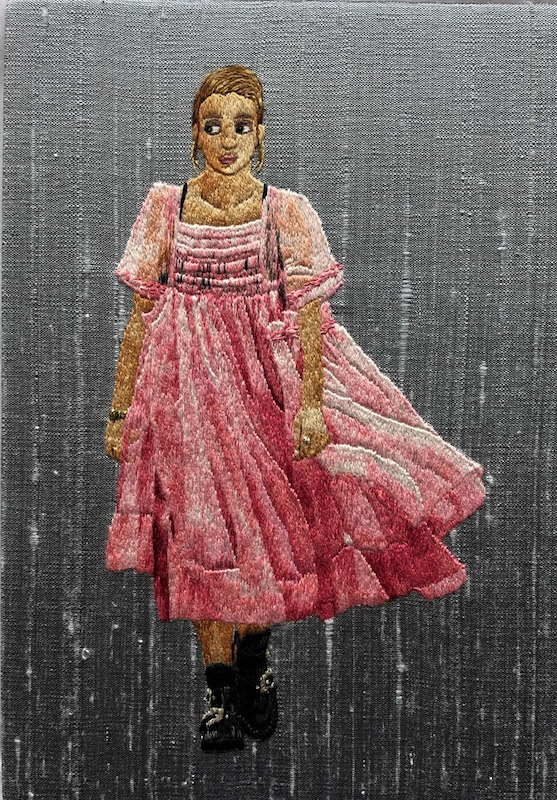 |
Goldwork
This is a traditional technique. The emphasis is on precision in using a variety of goldwork threads. This technique also introduces padding.
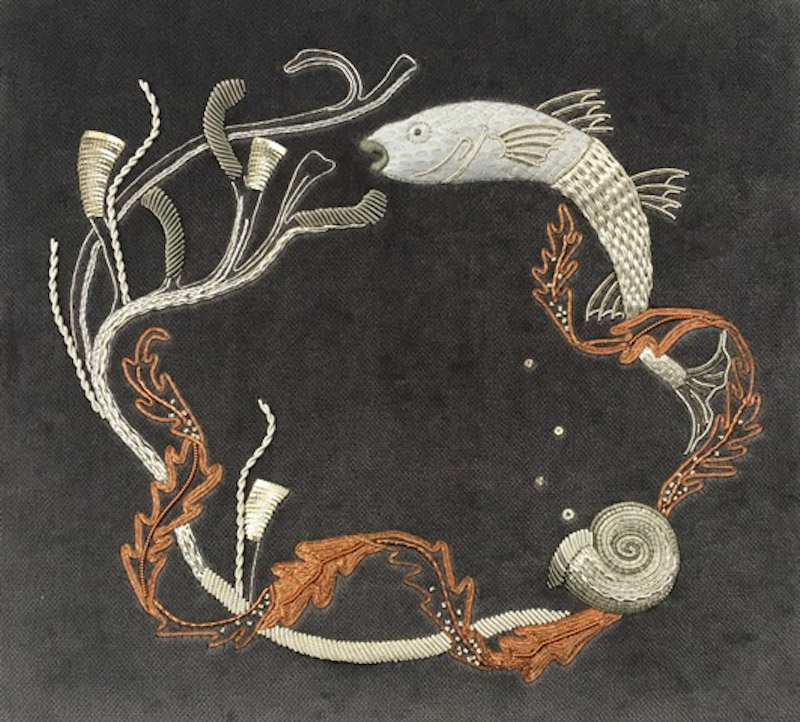 |
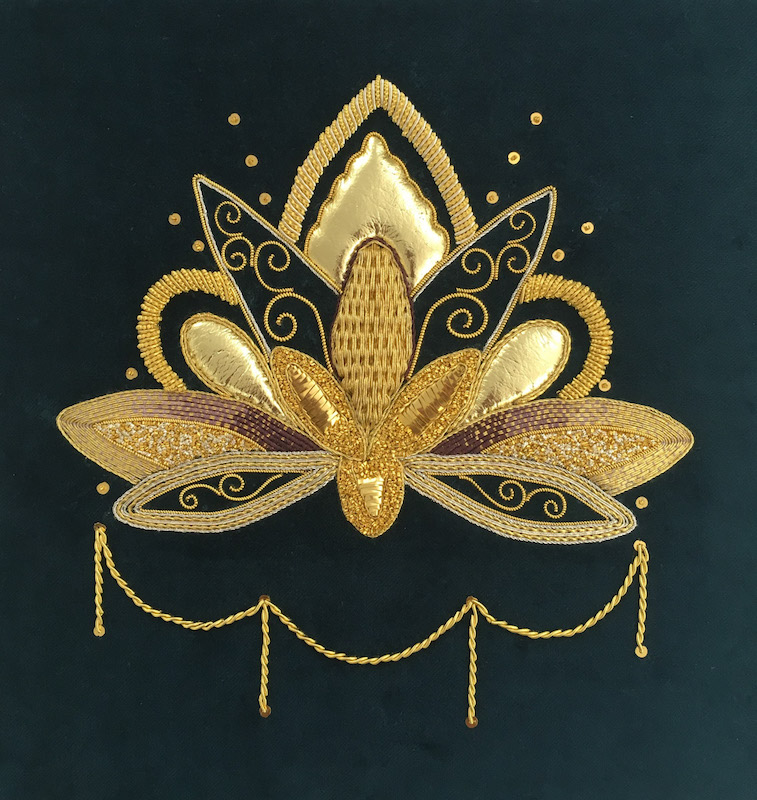 |
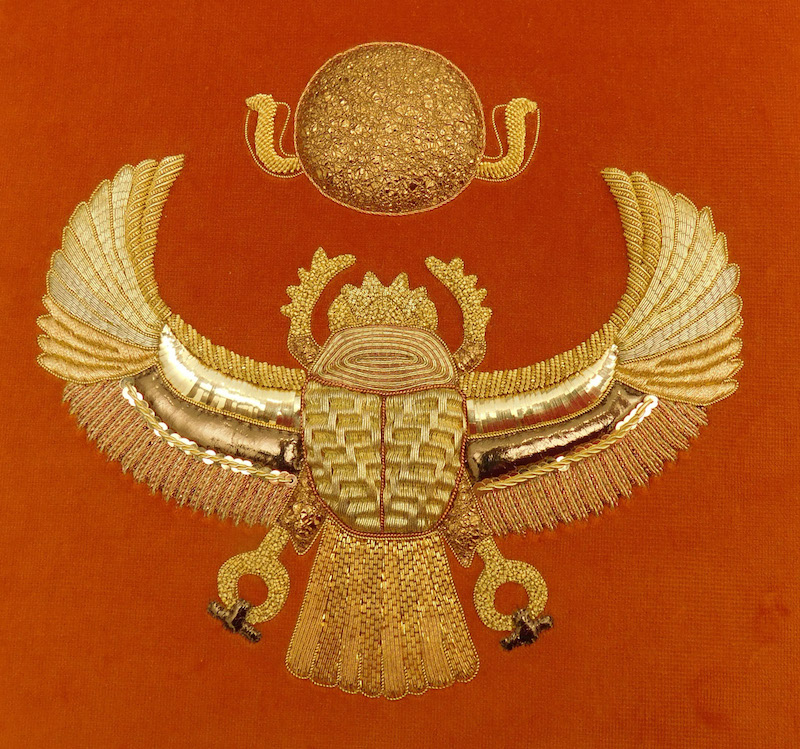 |
Blackwork
This is a monochrome technique. In its modern form, as taught by the RSN, it uses manipulation of traditional counted patterns and a variety of thread weights to create a complete tonal range.
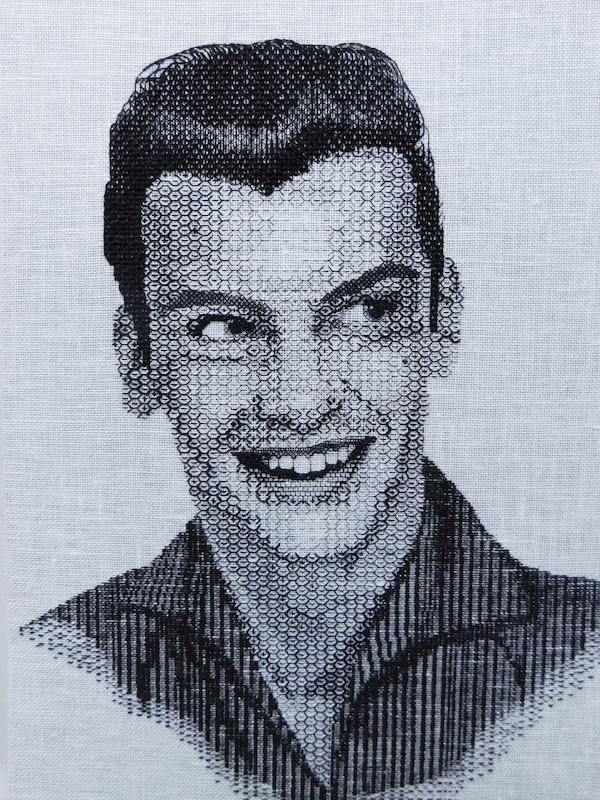 |
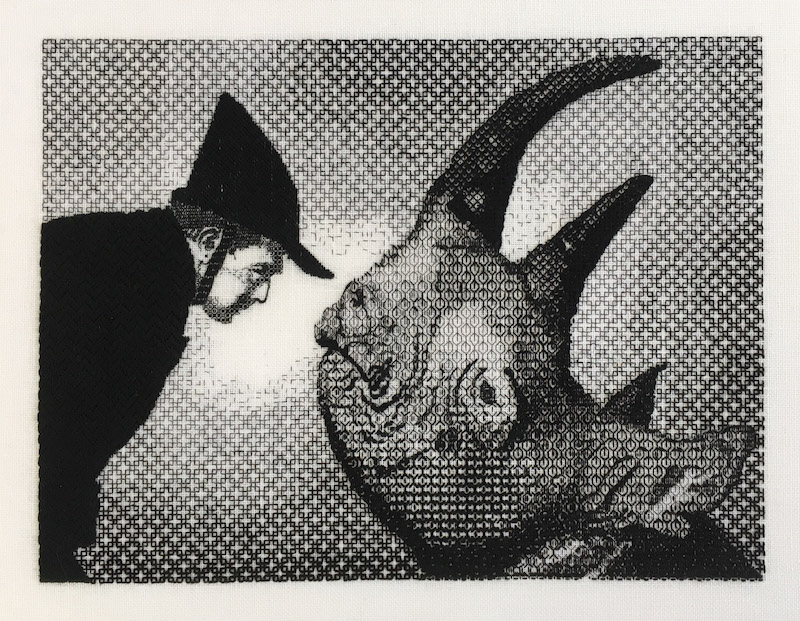 |
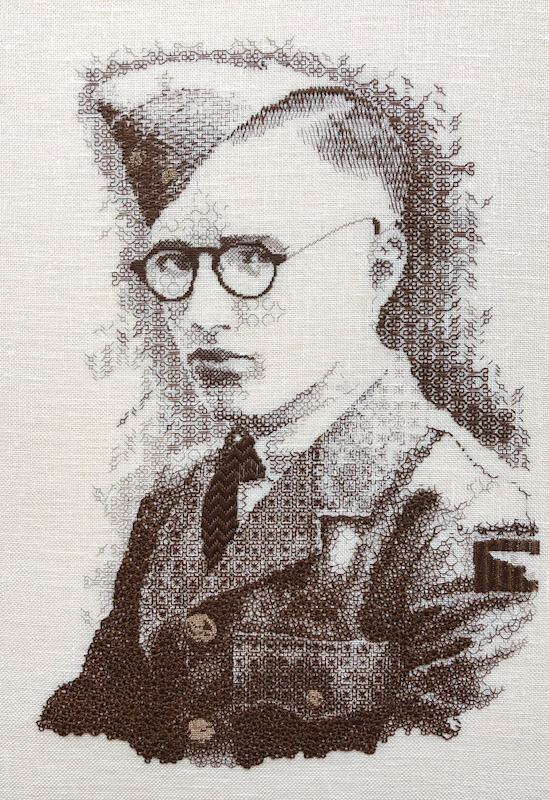 |
Appliqué
The focus with this technique is on applying a wide range of fabrics, different types of padding and using several edging techniques.
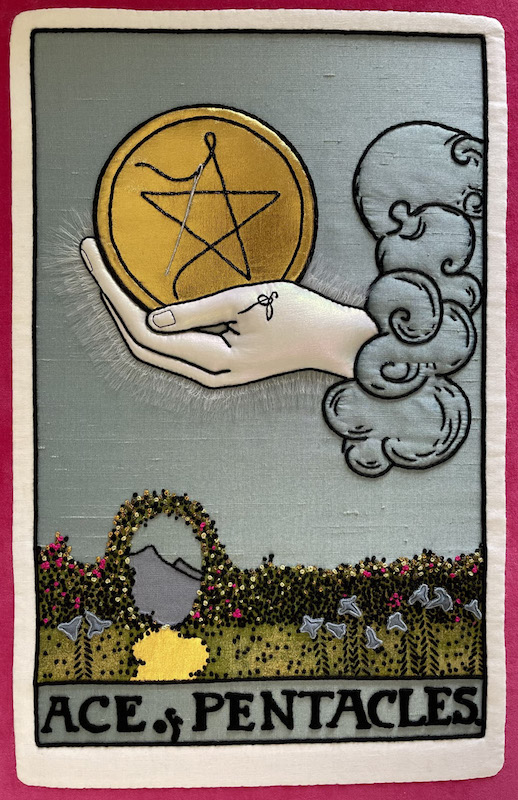 |
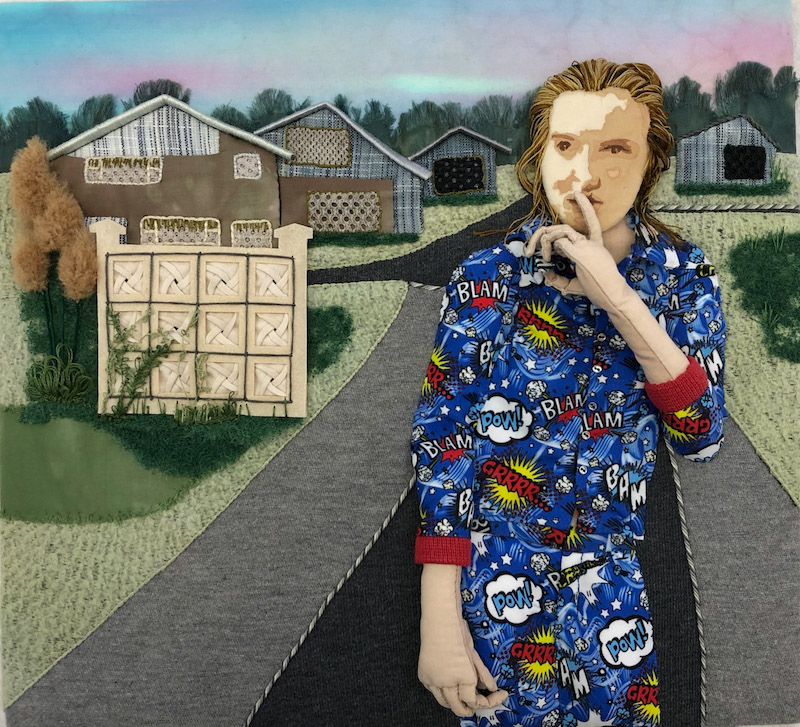 |
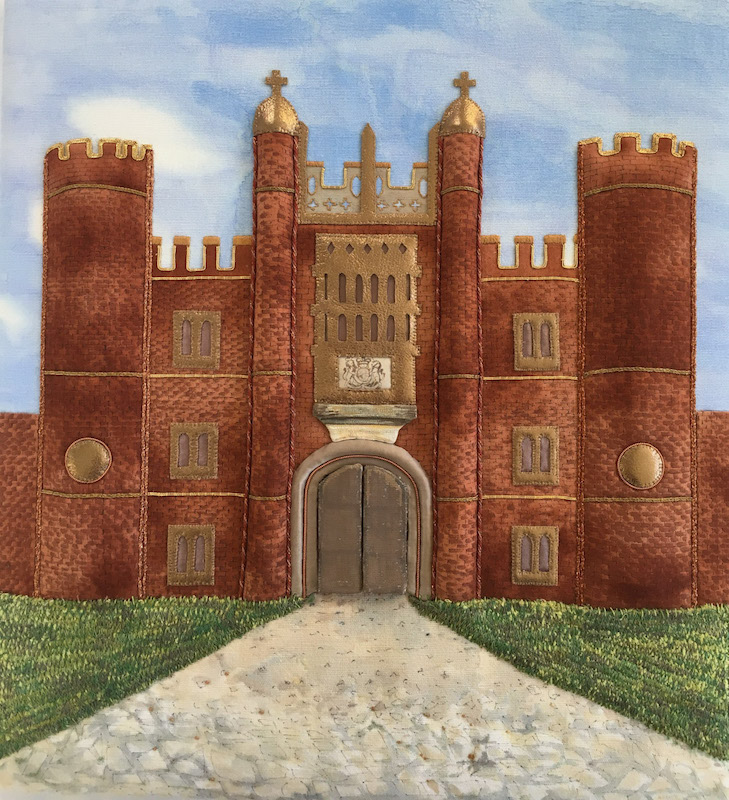 |
Canvas Shading
This uses Tent Stitch and crewel wool to create a naturalistic image.
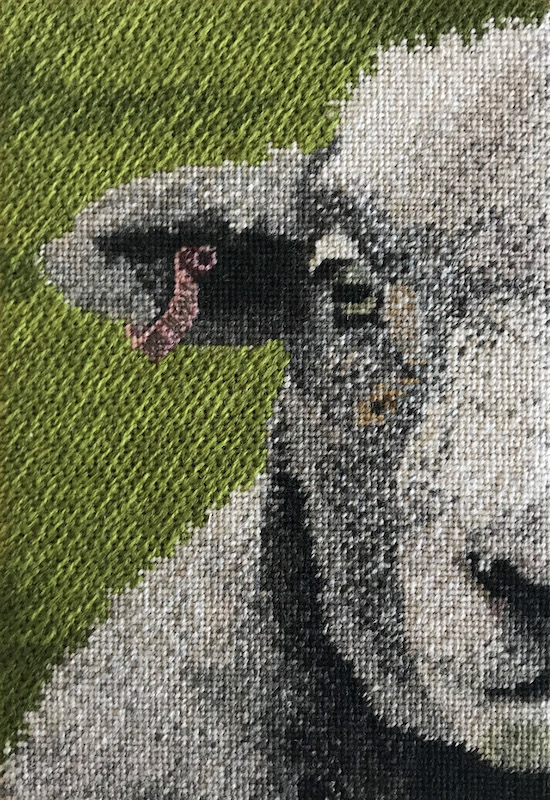 |
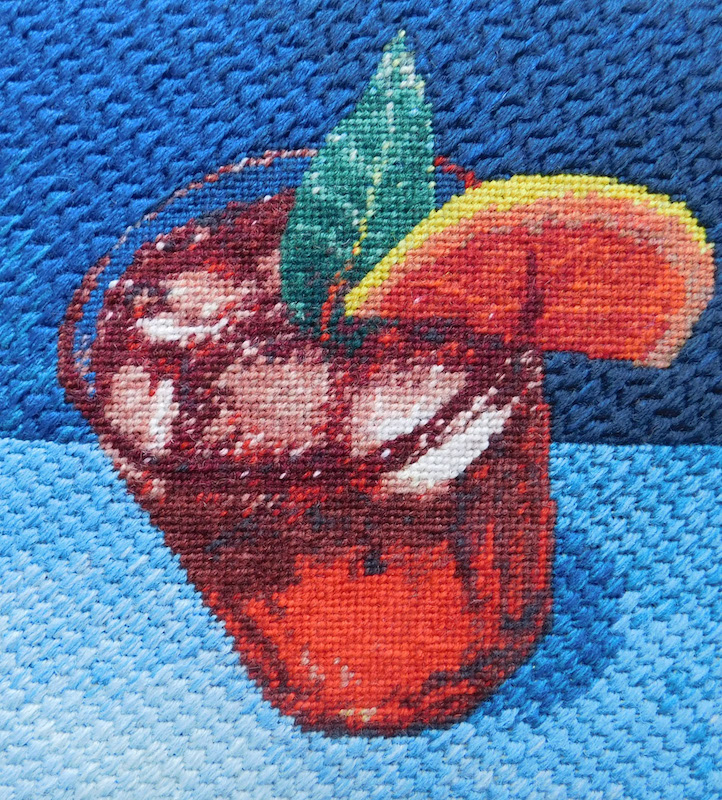 |
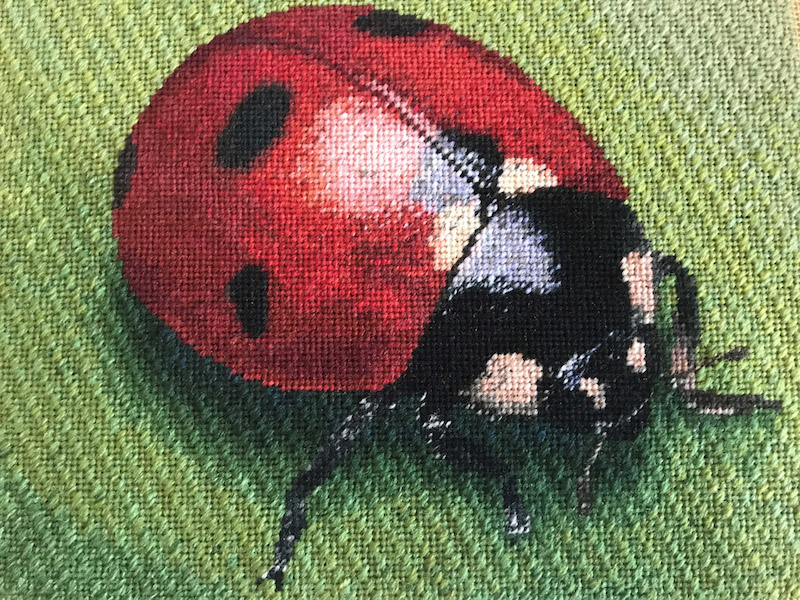 |
Creative Box
This involves the construction of a fabric covered box with moving parts, drawers, lids, etc. The box will also have stitched embellishment.
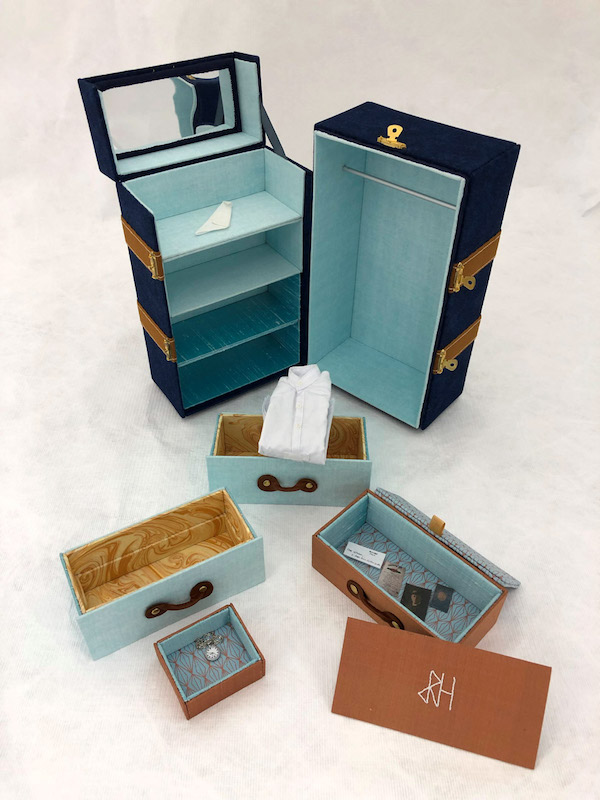 |
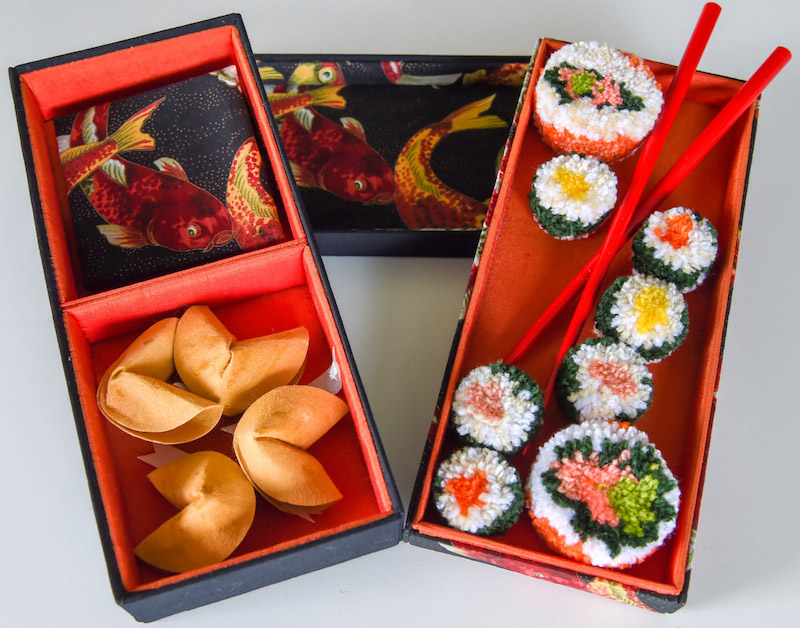 |
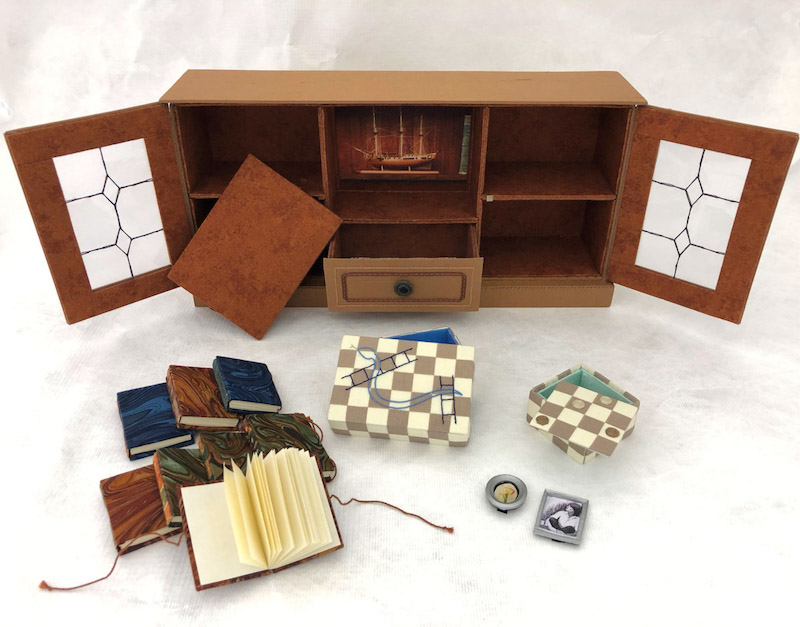 |
Stumpwork
This is a form of three-dimensional embroidery (also known as raised work). The design includes a human figure.
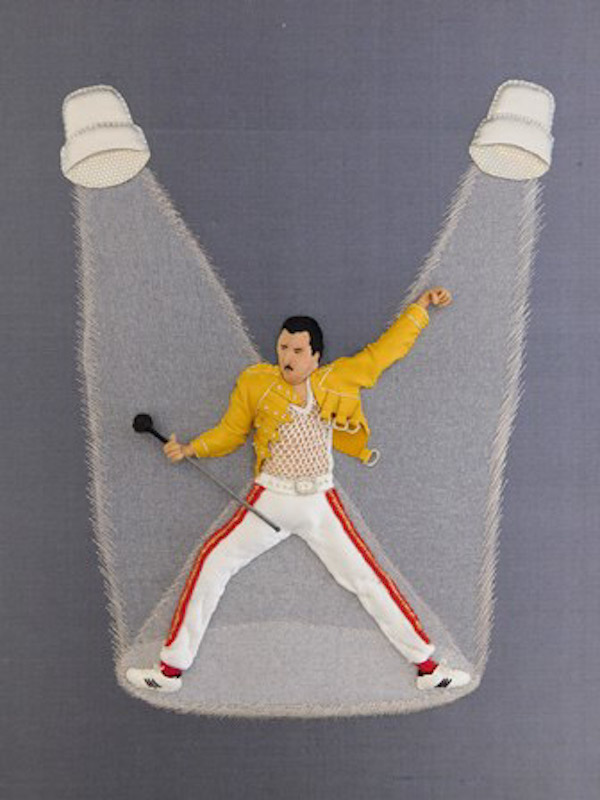 |
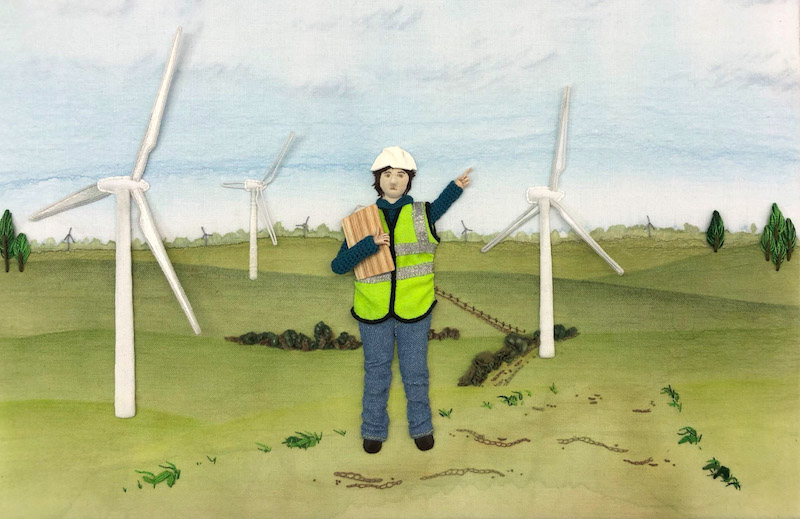 |
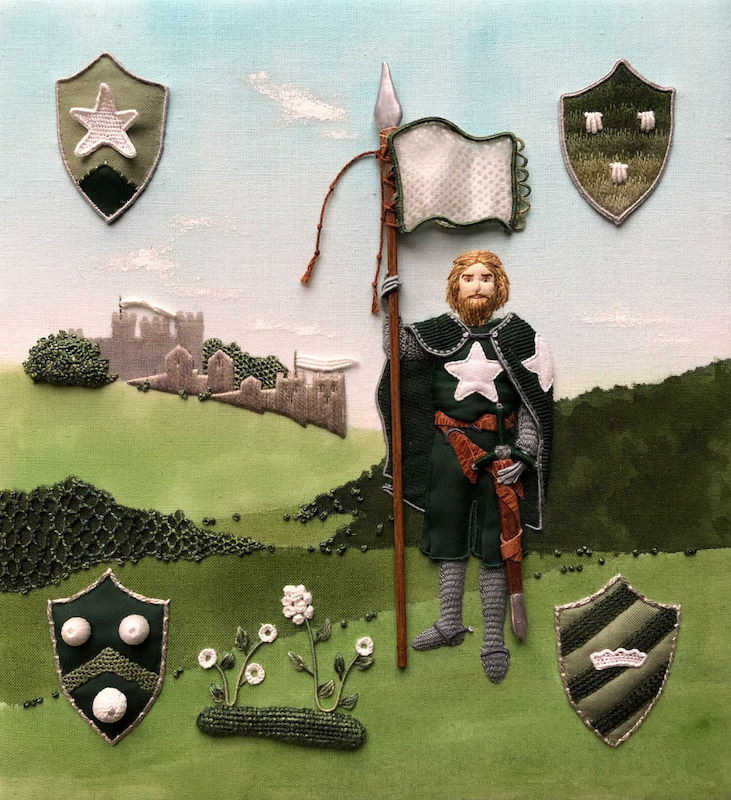 |
Mixed Whitework
Pulled and Drawn are traditional techniques to create patterns based either on pulling the base threads together with different stitches or removing them completely; the spaces are then filled with stitches.
Richelieu and Broderie Anglaise are cutwork techniques where either the cut area creates the pattern or the background.
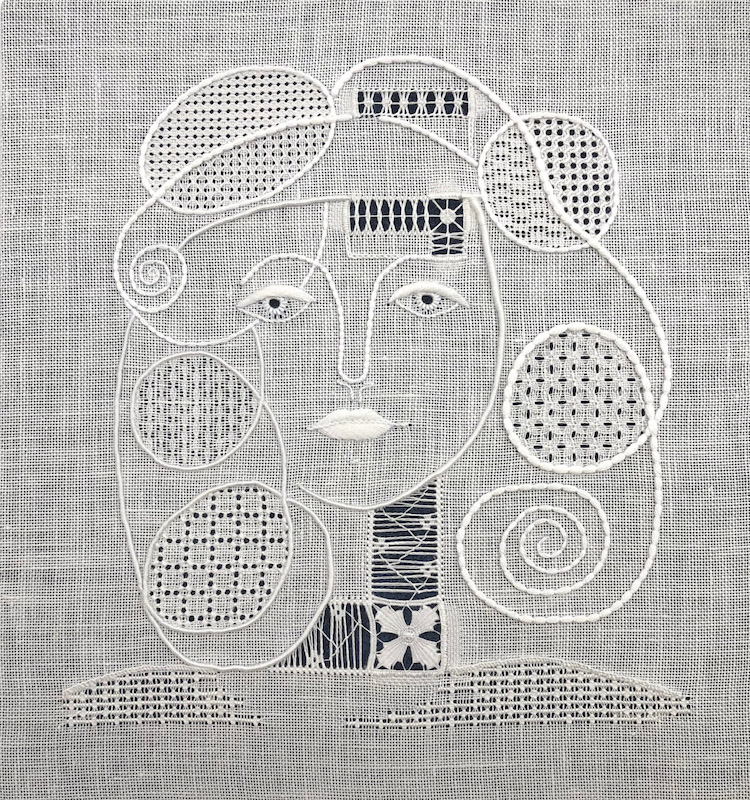 |
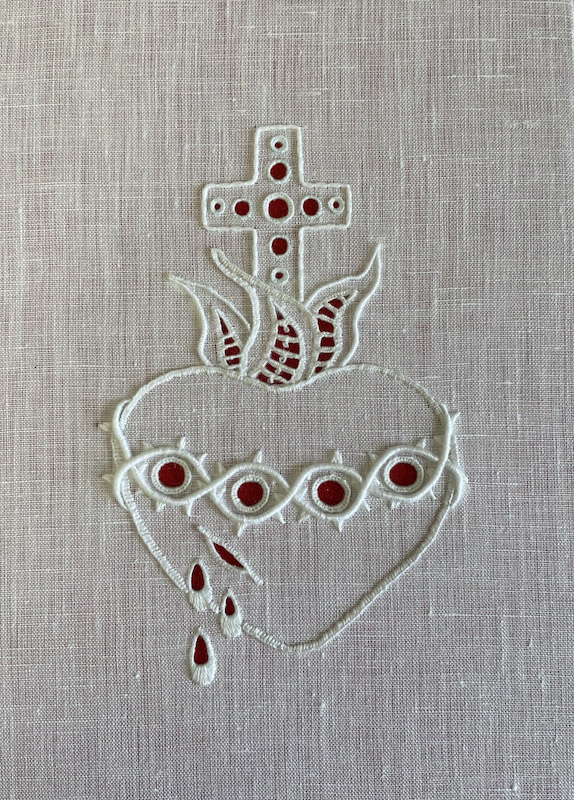 |
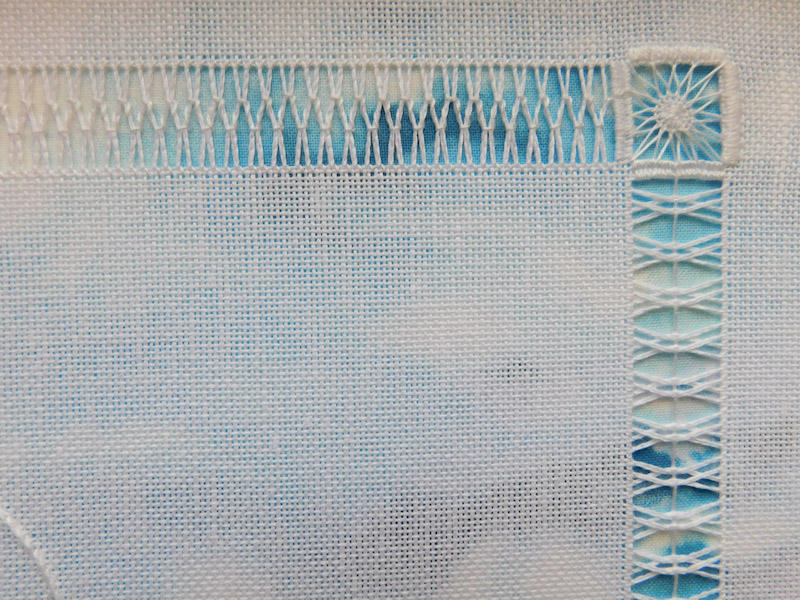 |
Fine Whitework
This is a combination of whitework techniques from very dense to very open areas. It draws on the skills previously learnt and adds in net darning.
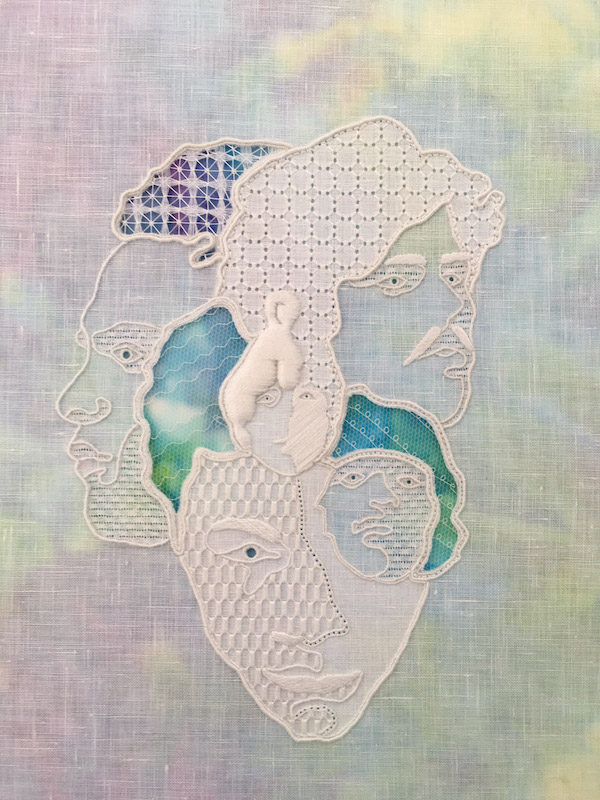 |
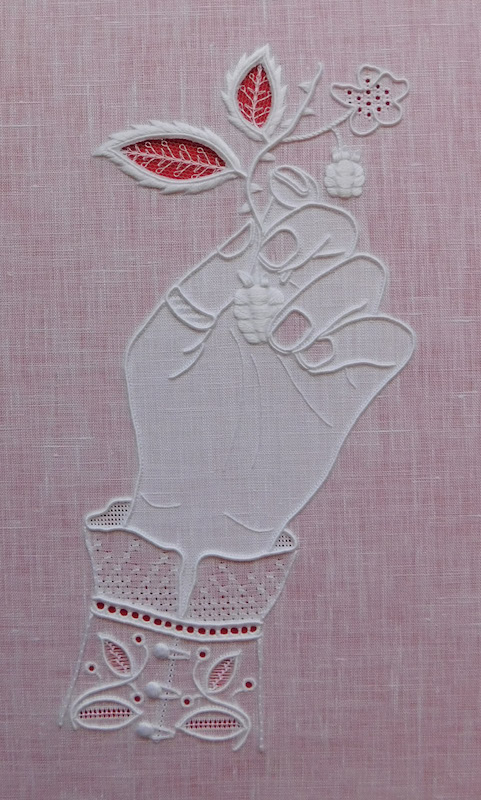 |
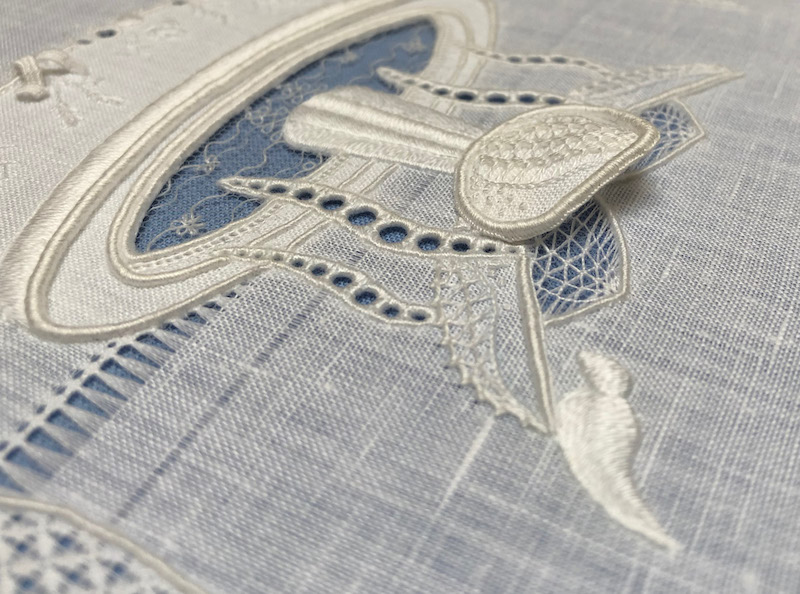 |
Creative Metal
This allows Goldwork techniques to be used in experimental ways, using a variety of metallic threads.
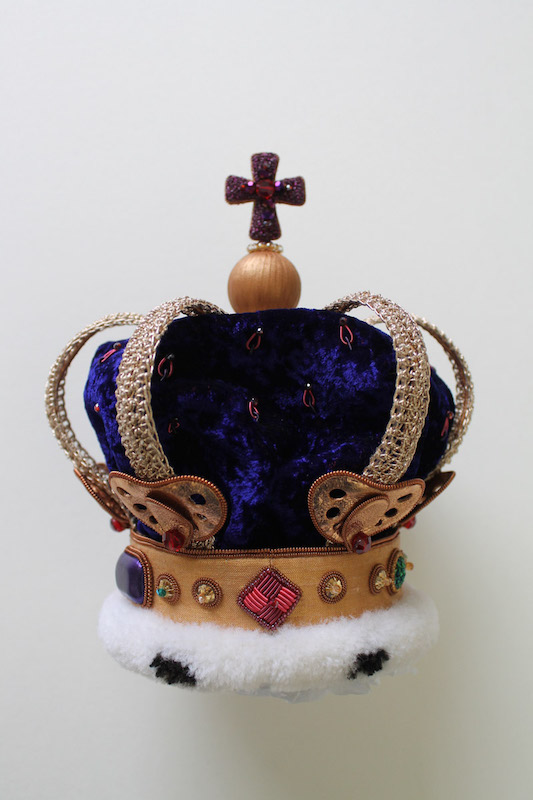 |
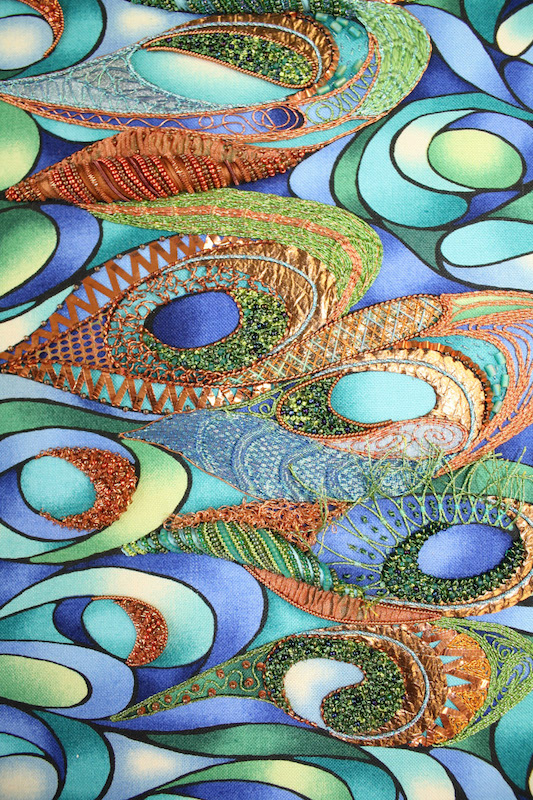 |
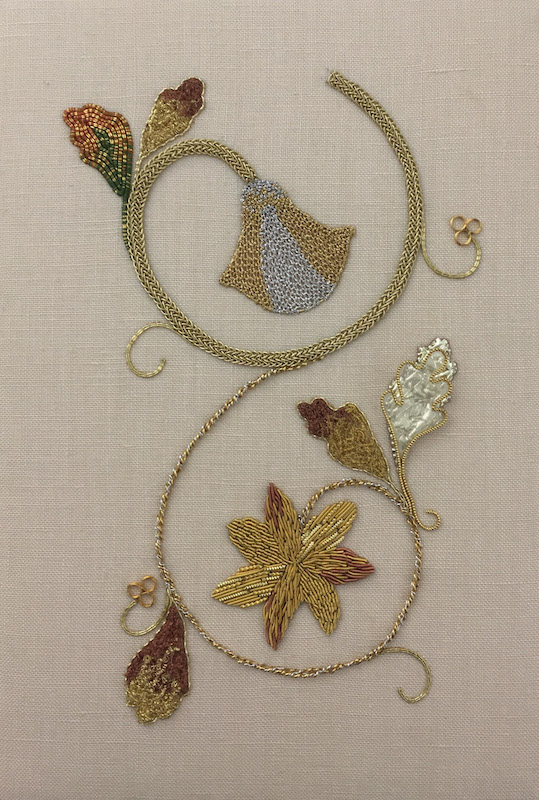 |
